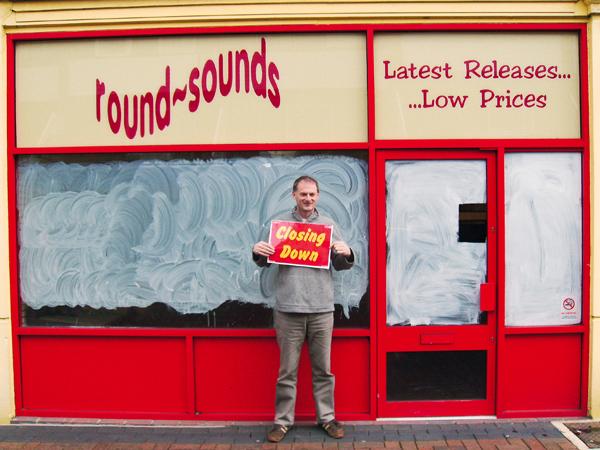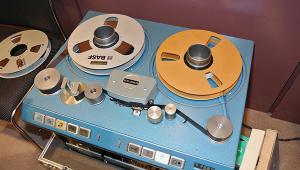Opinion: Trouble in store?

Ten years ago, when Graham Jones
Yet in 2012, when the book became a documentary film [HFN Sep ’12], its gloomy strapline ‘Whatever Happened To Record Shops?’ gave way to a more upbeat subtitle: ‘The Rise, Fall And Rebirth Of The Independent Record Shop’.
Annual boost
But now Graham Jones has come up with a sequel to Last Shop, with The Vinyl Revival And The Record Shops That Made It Happen [Proper Music]. It’s a book of two unequal halves. Some 250 of its 350 pages make up ‘Side 2’ and contain the ‘authoritative guide to vinyl record shops’ that’s promised on the book’s cover. Full of anecdote and telling description, this county-by-county guide details all the stores across the country that participate in Record Store Day.
Despite Graham’s efforts you might not want to read the guide section straight through, but the preceding 70 pages of ‘Side 1’, ‘From Carnage To Comeback’, are truly absorbing.
Killer loophole
Then comes the story of ‘How Record Store Day kickstarted the vinyl revolution’. Launched in the USA in 2008, RSD was first brought to the UK in 2009 by Spencer Hickman of Rough Trade and has grown to be, as one retailer puts it, ten times bigger than Christmas, the one day of the year when a long queue forms outside the shop.
But Graham isn’t afraid to discuss the residual problems of Record Store Day. For example, under its rules, the shops have to sell the limited-edition RSD exclusives on a first-come, first-served basis on the day, rather than saving them for loyal customers.
So a shop might sometimes have only two copies of a disc and 50 customers asking for it, leaving most of them disappointed. Also, it’s necessary to discourage ‘flippers’, the buyers who snap up the most collectable items just to list them for sale later on eBay.
These issues are being addressed, but as Graham says, ‘There remains a delicate balancing act to be performed between making a record sufficiently scarce to be collectable while having enough copies to ensure somebody who has queued outside a record shop for a couple of hours gets the record they came to buy’.
Online exclusives
Worst of all are the record companies’ D2C (direct to consumer) website exclusives, more desirable editions that aren’t made available through stores. D2C, Graham says, ‘has become the new LVCR’. You have been warned.
There really had been a rebirth, with new vinyl-oriented shops opening and existing ones reviving, thanks largely to a big annual boost from Record Store Day. In March 2018, journalist and author Garth Cartwright launched his celebratory Going For A Song: A Chronicle Of The UK Record Shop [Flood Gallery Publishing], a book based on 100 interviews he conducted with leading figures in the record shop business and the wider music industry.
Graham kicks off on familiar ground with the reasons for the decline of the independent shop in the 2000s, giving pride of place to ‘The killer tax loophole’, LVCR or Low Value Consignment Relief, which until 2012 enabled online retailers to ship CDs and DVDs into the UK from the Channel Islands without charging VAT.
Things might look cheerier now than they did in 2008, but Graham ends ‘Side 1’ of his new book on a note of caution for the future. The last few years have seen supermarkets beginning to stock vinyl. So now, when record companies offer ‘bricks and mortar’ exclusives, these do the independent retailer no good at all if they also sell through supermarkets.






















































